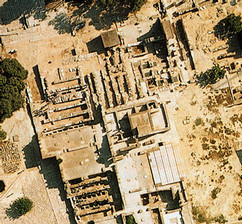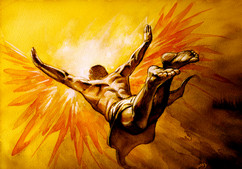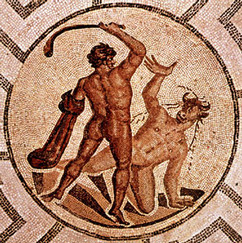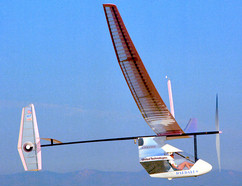|

 Up
Up 
 Pilots,
Pilots,
Planes
and Pioneers

(You are here.)
 Down
Down




  Need
to Need
to
find your
bearings?
Try
these
navigation aids:
If
this is your first
visit, please stop by:
Something
to share?
Please:



|
|
Available in Française, Español, Português, Deutsch, Россию,
中文,
日本, and others.
 hile
the Wright brothers may have been the first to make a sustained,
controlled flight, they were just two among hundreds of brave men
and women who helped to give the world its wings during the earliest
days of aviation. Their Flyer was but one of many historically
important aircraft. Below are brief descriptions and photos of some
of the most important people and planes, and where available
resources and links where you can find more information. In some
cases, contributors have supplied expanded
histories and biographies. Those are listed at the right and linked below. hile
the Wright brothers may have been the first to make a sustained,
controlled flight, they were just two among hundreds of brave men
and women who helped to give the world its wings during the earliest
days of aviation. Their Flyer was but one of many historically
important aircraft. Below are brief descriptions and photos of some
of the most important people and planes, and where available
resources and links where you can find more information. In some
cases, contributors have supplied expanded
histories and biographies. Those are listed at the right and linked below.
A
 B
B
 C
C
 D
D
 E
E
 F
F
 G
G
 H
H
 I
I
 J
J
 K
K
 L
L
 M
M
N
 O
O
 P
P
 Q
Q
 R
R
 S
S
 T
T
 U
U
 V
V
 W
W
 X
X
 Y
Y
 Z
Z
|
|
 |
|
Icarus was the son of Daedalus, a Greek architect and
engineer from Athens who designed the legendary impossibly complex
Labyrinth for King Minos of Crete. In this Labyrinth, according to
Greek myth, Minos kept the
Minotaur, a half-bull, half-man monster. Every nine years, Minos
demanded the sacrifice of seven Athenian young men and women to the
Minotaur in retribution for his son's accidental death in Athens.
Theseus, the son of the king of Athens, determined to end this
cruelty. To find his way through the Labyrinth, he unrolled a ball
of twine as he entered, and then used the twine to find his way out
after he had slain the monster. Enraged, Minos was convinced that
Daedelus had helped his fellow Athenian Theseus by suggesting the twine. He locked
Daedalus and his son Icarus in a tower. To escape, Daedelus
fashioned wings of feathers and wax for both himself and his son. As
they flew off, Daedalus cautioned his son not to fly too high lest
the heat of the sun melt the wax. Icarus ignored his fathers advice,
the wings melted, and Icarus fell into the sea. His bereaved father
named the land near where Icarus drowned for his son. This is the island
Ikaria in the eastern Aegean Sea.
|

The Minonian ruins of the Knossos Palace in Crete may have been the
historical inspiration for the legend of the Labyrinth.

An artist's conception of the last minutes of the mythological
flight of Icarus.
|

An ancient mosaic showing Theseus slaying the Minotaur.

In 1988 the Daedelus,
piloted (and pedaled) by champion bicyclist Kanellos Kanellopoulos,
flew 71.5 miles (115 kilometers) from Crete to Santorini, setting
the record for human-powered flight.
|
 |
|
|
|
|
|

